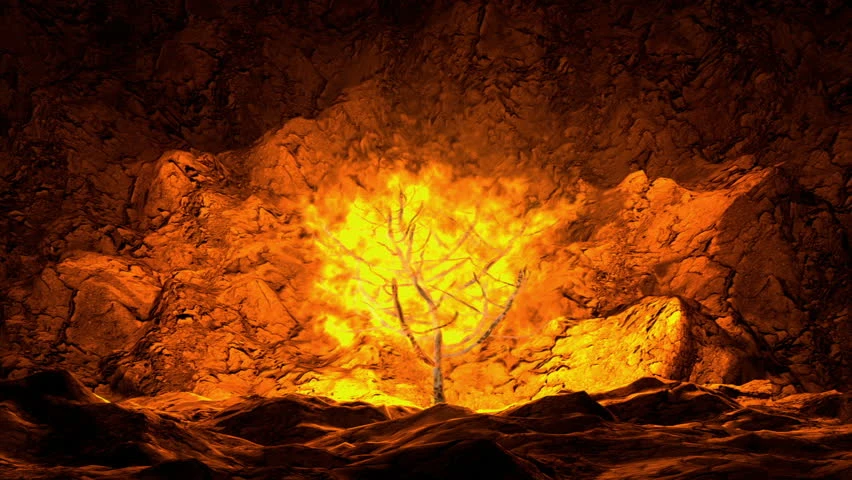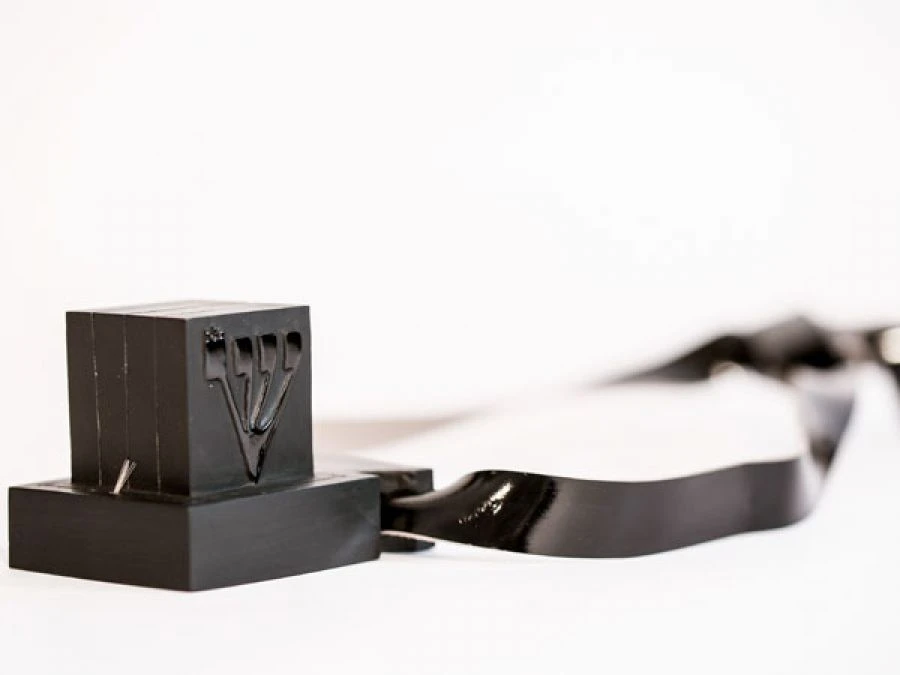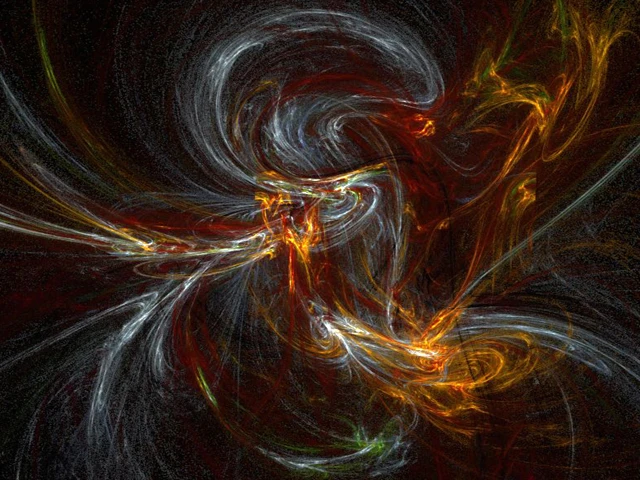The Great Synthesis Between Lights and Vessels
In the Raw Essence, Infinity and Structure Merge
1 hr 26 min
Chassidus: Torah Ohr Mi Sam Peh #7
- January 30, 2020
- |
- 4 Sh'vat 5780
Rabbi YY Jacobson
539 views- 7Comment
- Call-in
Listen to the class on the phone
Call +1 (845) 201-1933
When prompted, dial the ID number below.
7328 MP3 MP4 Source Sheets - Copy Embed
Class Summary:
This class was presented on Thursday & Friday Parshas Bo, 4 & 5 Shevat, 5780, January 30 & 31, 2020 at the Ohr Chaim Shul, Monsey, NY
Chassidus: Torah Ohr Mi Sam Peh #7
Rabbi YY Jacobson
- January 30, 2020
- |
- 4 Sh'vat 5780
- |
- 539 views
Related Classes
Please help us continue our work
Sign up to receive latest content by Rabbi YY
Join our WhatsApp Community
Join our WhatsApp Community











.webp)

Please leave your comment below!
Madeleine -5 years ago
Rabbi Jacobson,
Thank you for all the classes you give.
In the Maamar we are learning, is the Alte Rebbe describing the OS of Nefesh Elokis- Tikun, Nefesh Habahamis -Tohu, and Ratson-will-tohu and Chabad, Hagas -tikun.
So this dialogue between Hashem and Moshe is telling us that only thru Moshe's speaking to Pharaon the 2 realities that we constantly experience can work together and each one has it's crucial place and they compliment each other like a Mashpia and a Mekabel when they both serve the purpose of creation.
What are your thoughts.
Reply to this comment.Flag this comment.
Anonymous -5 years ago
The Makif of Tefilin Shel Rosh is Gavoah Meod. The Makif of Tefilin Shel Yad is also high but not like Tefilin Shel Rosh. The Sefardim, therefore, say there is nothing you can do to generate that Makif. What is the pshat that when you make a hefsek then you do make a bracha on the Tefilin Shel Rosh if there is nothing to do to generate that Makif?
Reply to this comment.Flag this comment.
Anonymous -5 years ago
Great question. Perhaps the answer is this:
The blessing then is for the "shel yad" part of the "shel rosh." Meaning there are two halachos in shel yad: to put tefilin on the arm; and also as a detail of shel rosh -- because you may not wear shel rosh if you are not wearing shel yad ("vehayu... kal zeman shebeion eoinecha yehyu shtayim.") So "shel yad" has two dinim, one is a din in shel yad and one is a din in shel rosh, that the shel rosh needs shel yad. Perhaps when there is a hefsek, the beracha is on the shel yad aspect of the shel rosh.
Reply to this comment.Flag this comment.
Anonymous -5 years ago
Very creative answer. Thank you. It is interesting that when you are mafsik so now the bracha changes to Al Mitzvas Tefillin. The simple explanation is that really that bracha is more appropriate for the Shel Rosh, but since they did not want to institue another bracha when there is no hefsek so they said to say Lehaniach. However, according to your explanation the bracha is not on the Shel Rosh so it would seem that Lehaniach would be more appropriate. I would assume you could answer back that this second din since it is a detail of the Shel Rosh so then Al Mitzvas Tefillin would be more appropriate.( However, this may be dependent on the Rogatchover Gaon regarding the Patach or Kamatz by the bracha of Lehaniach that this detail of the Shel Rosh could be covered by the bracha of Lehaniach)
There is just one more question I have on your approach is that the Shulchan Aruch writes in Siman 26 אם אינו מניח אלא של ראש לבד מברך עליה על מצות תפילין לבד and over there obviosly the bracha is only on the Shel Rosh not the Shel Yad. I have a possible answer, but would like to know what you would answer.
Reply to this comment.Flag this comment.
Anonymous -5 years ago
What is your answer?
Reply to this comment.Flag this comment.
Anonymous -5 years ago
Perhaps the answer is that the Tefilin Shel Rosh is only 'gavoah meod' together with the Tefilin Shel Yad. To borrow a lashon of the Baal Meor in the 4th Perek of Rosh Hashana that it says והיה לך לאות.על ידך ו-לזכרון בין.נניניך that you need the zechira and the havayah keachas that you need them to be together and only then does the Tefilin Shel Rosh "ascend" to the point where the or hamkif is too great to be mamshich. And perhaps when one is mafsik he also loses this Maalah of seeing them together and the Tefilin Shel Rosh could now be shayich to hamshacha, however, you do not need this addition and could stay with your answer. Did you come up with an answer?
Reply to this comment.Flag this comment.
Rachele -5 years ago
Uniting
Almost couldn’t write about this class today. Rereading it, I don’t feel that the words on this page are capturing my full experience of this mind blowing maimar. I want to share much more and share the deep experience that this maimar took me to during class. But it’s not possible to reflect this in words or sentences. Looking at my writing, I find it dry and cold. Not because it is, but because it’s hard to use words to describe this maimar.
To listen to the maimar is to travel into the deepest core and essence of existence of oneself, the world and Elokus. Such an experiential journey the mind and ink can’t capture. To communicate and write it I have to shrink away from the actual experience and write with the memory of that experience.
Class today taught us to validate every experience of existence. Every experience of tohu and tikun are Yeshus they happen in space and time. But what I learned today is that if I want to live outside of that space and time I have to be able to become fluid and move through them, without becoming stuck in the narrative of those stories and not borrow those events to create my identity. Yes, borrow those experiences, but only in order to allow them to carry me to the next level until I reach complete transcendence. We wear our experiences of life to cover ourselves from the elements but we should never identify with them, they are not the self.
Between tohu and tikun, there is a bridge. A bridge we can stand on that takes us into transcendence. A place where we can transcend all those experiences from tohu and tikun. The experience of the intensity of tohu and the compromise in tikun. It’s a space where the infinite truth of non existence can hold all the middos, but without form. It’s a place of Ayin that holds the ultimate truth of every experience of existence and non existence. A place of God’s azmius, essence, where God has no beginning and no end, and in that space we get to touch our own azmius, essence that has no beginning and no end. God’s Infinity and my finiteness don’t begin and don’t end. My essence and God’s essence mix.
It’s a place that both God and me stand imageless. The light of God and the finite Keli of humanity don’t crash, because the light and Keli have no beginning and no end. In that place of splendor we can receive Divine infinity in measures that we would never be able to receive anywhere else. Because we are like a fetus that is protected by the mother, God allows all the spiritual infinite Divine light to nourish us and pass through us without breaking us, because we too are in a place of no beginning and no end.
Reply to this comment.Flag this comment.
Rachele -5 years ago
The Journey
When we start off in the journey of life most of us automatically step into the circle with the identity of tohu. We live in that bubble and think there is no other truth. We believe we have captured the light of the ultimate truth and purity and we faithfully stand guard around those forces with ferocious intensity. The option of opening up the circle feels like an act of betrayal to the self.
In the perspective of tohu it’s like permitting the influence of other to enter into the circle and corrupt the self. In the view of transcendence our circle is keeping us enslaved and caged into this absolute reality. This circle controls us, it’s not an experience of freedom, it doesn’t allow us to evolve. We can’t remain there. We are enclosed with this infinite light but we can’t bring it forth. We are burning up in it. There we can find ourselves in God. But not God in ourselves. That kind of existence is not sustainable. We are suffocating from the intensity of truth and purity and our passionate flames start to become extinguished.
So in a desperate attempt to survive we surrender our existence in tohu, and throw ourselves into the world and oxygen of tikun.
But in doing so many of us leave behind much of self. The self is disconnected and becomes void of vitality, purpose and meaning. We end up traveling on a “straight line”, but with no destination in sight. Instead of living in a state of the pursuit for purpose and meaning, we live in a state of avoidance. Avoiding pain, fear, confrontation, ect....and all the discomforts that living with self might bring. We exist in a state of primal fear and avoidance. We traded primal passion and intensity of tohu for the primal fear of falling off the” straight line”.
Perhaps the ultimate purpose is to enter into a circle (that has no beginning or end). But it’s a circle that transcends control, it has no power and no say over what is part of the circle and what isn’t. We are reuniting and being mesaken both the tohu from his perspective and the tikun from being controlled by his perspective. Both were controlled by fear. Tohu the fear of losing it’s truth and purity and tikun the fear of not compromising enough, making waves, etc... Anytime fear is god there is no Godliness.
Where Godliness and Divinity exist nothing is ever excluded, it’s “all inclusive”.
In that place of transcendence the circle exists with no beginning and no end.
It’s a circle that includes all and excludes nothing. Such a circle becomes a channel for God’s achdus and never has it’s own agenda or it’s own identity, it’s never there to exclude, only to include. Because every creation and force needs to be included in the symphony of life to play it’s own music and song of achdus.
Reply to this comment.Flag this comment.
Isaac -5 years ago
Tikun can be a trap. But it can be a channel for infinity. Structure of tikun can come from weakness; from limitation. But in reality, it is a channel for infinity. Structure is not an escape from truth, infinity, purity. It is the ability to touch infinity, by recalling that otherness is also real. That the Divine essence is inclusive and oneness.
Tohu and Tikun can be a trap. In Atzmus, the light and the keli are one. Both are the true channels of infinity. In Tohu you have the purity. In tikun you have the integration. Between both you recapture Atzmus.
When each makes space for the other, not getting cought up in "Ego," you find there the essence.
But first you must feel tohu, the extreme. Then you go to tikkun. And then you touch the place which transcends them both and combines them into one.
Reply to this comment.Flag this comment.
Cirel Lipskier -5 years ago
Sound?
Reply to this comment.Flag this comment.
Moshe -5 years ago
"Every word is a lie, in a sense"
Just as no translation from one language to another is perfect, so too, no thought can be completely and perfectly translated into words. Therefore "every word is a lie" in a sense. It is more or less a distortion of the thought behind it, howsoever subtle or unintentional.
So the bocher on the shidduch didn't say anything and the Rebbe expllined that he didnt want to lie.
Is that the preferable alternative? Isn't honest, open, frank, respectful speech, howsoever imperfect, a better alternative most times to silence in the name of pristine truth? Sometimes one has a duty to speak. It's an aveirah to fester. The other person has a right sometimes to an answer or explanation. If it will be mikabel, one has a duty to chastise properly.
True for Moshe Rabbenu also. Hashem gave him the ability to speak (he did speak to Nadav and Avihu and the shepherds at the well before meeting Tzipporah). Hashem selected him for the mission. How could he argue? Avraham argued to save people. Here Moshe argues to avoid being the one Hashem selected to save people. If his light was too great for his kelim/mouth, he could mitzamtzum the light like Hashem did.
"Perfection is the enemy of the good". Even if a translation is imperfect, it's better than no translation. Even if Moshe felt he wasnt a good orator, an imperfect speech by the selected Moshe could be better than better oration by another.
P.s. Was Hashem being sarcastic when He said "who gave man a mouth?"
Reply to this comment.Flag this comment.